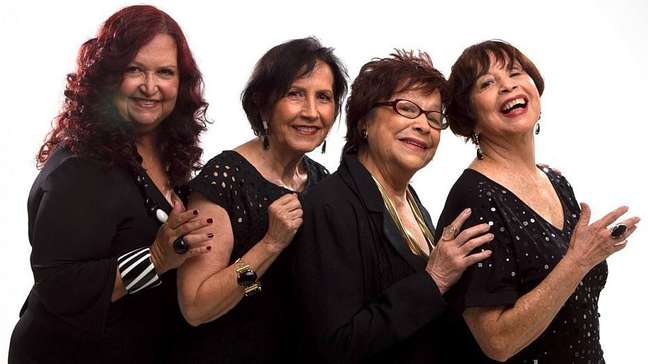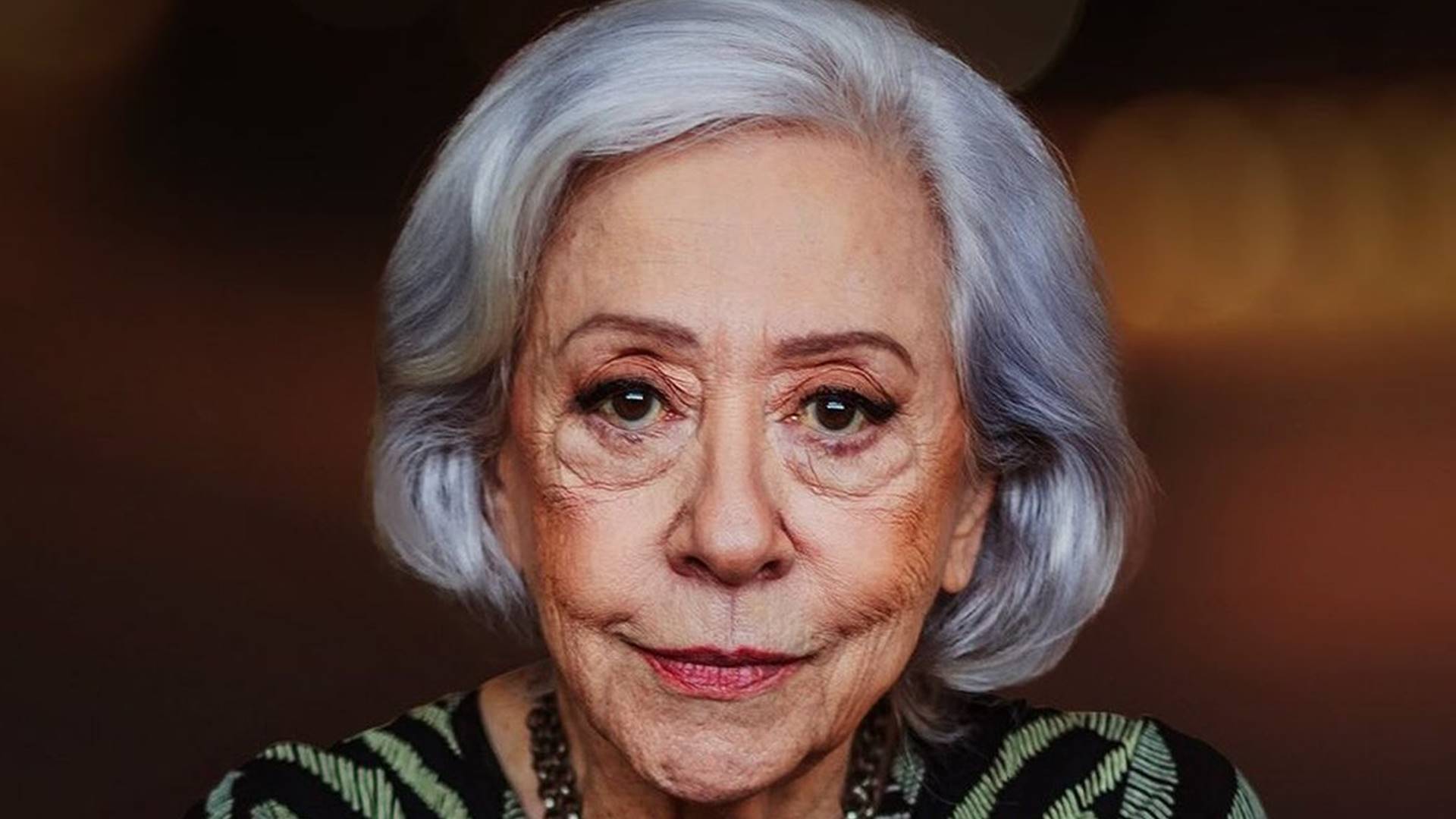The journalist of “Estadão” tells the trajectory of the company and its legacy to Brazilian and world culture
For music lovers, the backstage of a record company – and the recording of records – are a fertile ground for gathering information, comparing versions and debunking myths. After all, it was in their offices, corridors and studios that many classics to take over the world were created and recorded. Extracting new information, even if a musician’s name is a matter of doubt, is pure gold.
In this sense, the book Happy Time – The history of the Forma record label (Kuarup), by the music researcher and journalist of Estadio Renato Vieira, who recounts the short period in which the Carioca company existed – from 1964 to 1967 – opens a trunk full of treasures indicating an autonomous initiative, although this term was not used at the time, which left an important heritage to Brazilian and world music.
Born from the desire of a Frank Sinatra fan, Roberto Quartin (the dreamer and marketer), a boy with severe panic attacks who calmed down only when he put a record to play on the turntable, Forma has earned as a partner a wealthy architect of family, Wadi Gebara Netto (the administrator), capable of injecting money into the romantic adventure of launching into a market long dominated by multinationals.
With ears attentive to the cultural effervescence of the time, the two young people opened the doors of Forma to new artists who were already beginning to break away from the bossa nova. The first release was by pianist Eumir Deodato, who performed pieces by Tom Jobim. The same confidence earned Luís Carlos Vinhas who recorded New structures. Both were in their early twenties, as were the two partners.
Forma has also embraced the Cinema Novo by Glauber Rocha and Sérgio Ricardo by publishing the soundtracks of God and the devil in the land of the sun And This world is mine. The busy theater was awarded the disc that led the soundtrack of freedom, freedoma success presented at the Teatro de Arena with Nara Leão and Paulo Autran in the cast.
Inspired by imported records, Quartin and Gebara have set the standard for the release of double-cover albums, always illustrated with drawings or color images. Inside the envelope, presentation texts signed, among others, by Jobim, Vinicius de Moraes, Cacá Diegues, Rocha.
In the book Vieira reproduces them all in full, in addition to the technical data sheets. They precede texts that contextualize each of the 22 discs produced by Forma. The author heard who attended or was very close to most of the recordings.
“It’s not just a book about a record company, but about a very special moment in Brazilian culture. Forma captured everything that was happening, opening up space for musicians,” Vieira reflects.
This “audacity”, the great virtue of Form, has come at a cost. And he was tall. “At the time a record of Roberto Carlos or Angela Maria cost 7 thousand cruzeiros. Those of Forma cost 11 thousand. It was not a mass product. The Brazilian reality was cruel to the record company”, analyzes Vieira.
The best-selling record was Som Definitivo – Quartet in Cy / Tamba Trio, from 1966, a set that debuted in Forma, two years earlier: two thousand copies. The lowest seller was Travel, by the musician duo Dwike Mitchell and Willie Ruff: only 12 copies. “Gebara has never forgotten that number,” reveals Vieira, who received a series of documents from the record company from the entrepreneur, who died in 2019.

The account never closed and, one day, the dream ended. Quartin left the company. The huge debts deriving from the numerous bank loans taken out by the shareholders to continue the business were all in the name of Gebara. The Forma collection, of inestimable artistic value, was sold to the CDB, which already distributed the registers. The money he gave to Gebara only to honor his obligations to creditors.
Forma’s musical heritage has never been adequately worked by Universal Music, the current owner of the rights to the works. More than five decades later, some records are still rare, such as the debut of guitarist Chico Feitosa, who, as Vieira says in the book, was one of João Gilberto’s greatest disciples and received an introductory text from the writer Millôr Fernandes.
Others have only been released on CD in Europe and Japan. Most aren’t even available on digital platforms. “I hope the book encourages saving these records,” says Vieira.
Source: Terra
Emily Jhon is a product and service reviewer at Gossipify, known for her honest evaluations and thorough analysis. With a background in marketing and consumer research, she offers valuable insights to readers. She has been writing for Gossipify for several years and has a degree in Marketing and Consumer Research from the University of Oxford.







